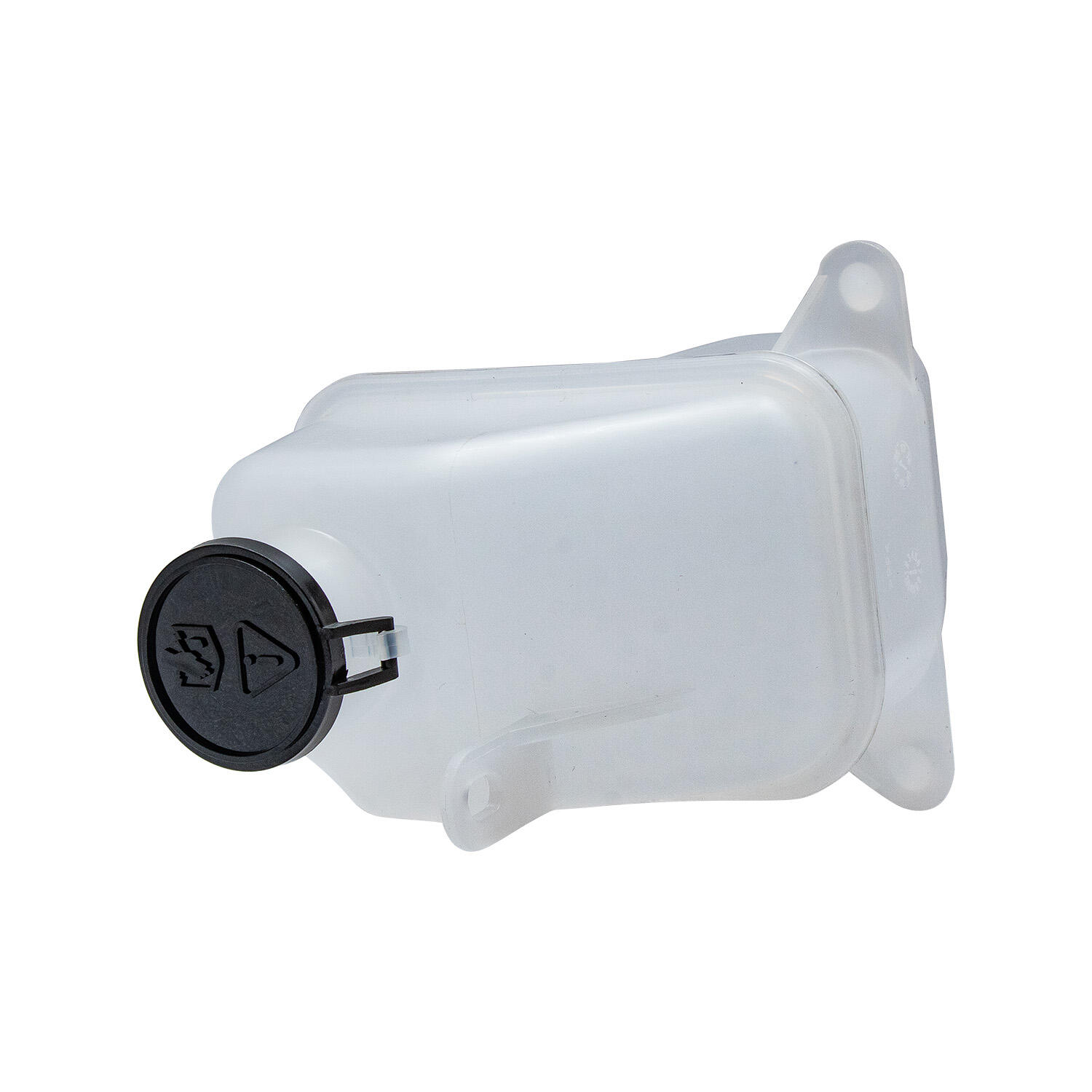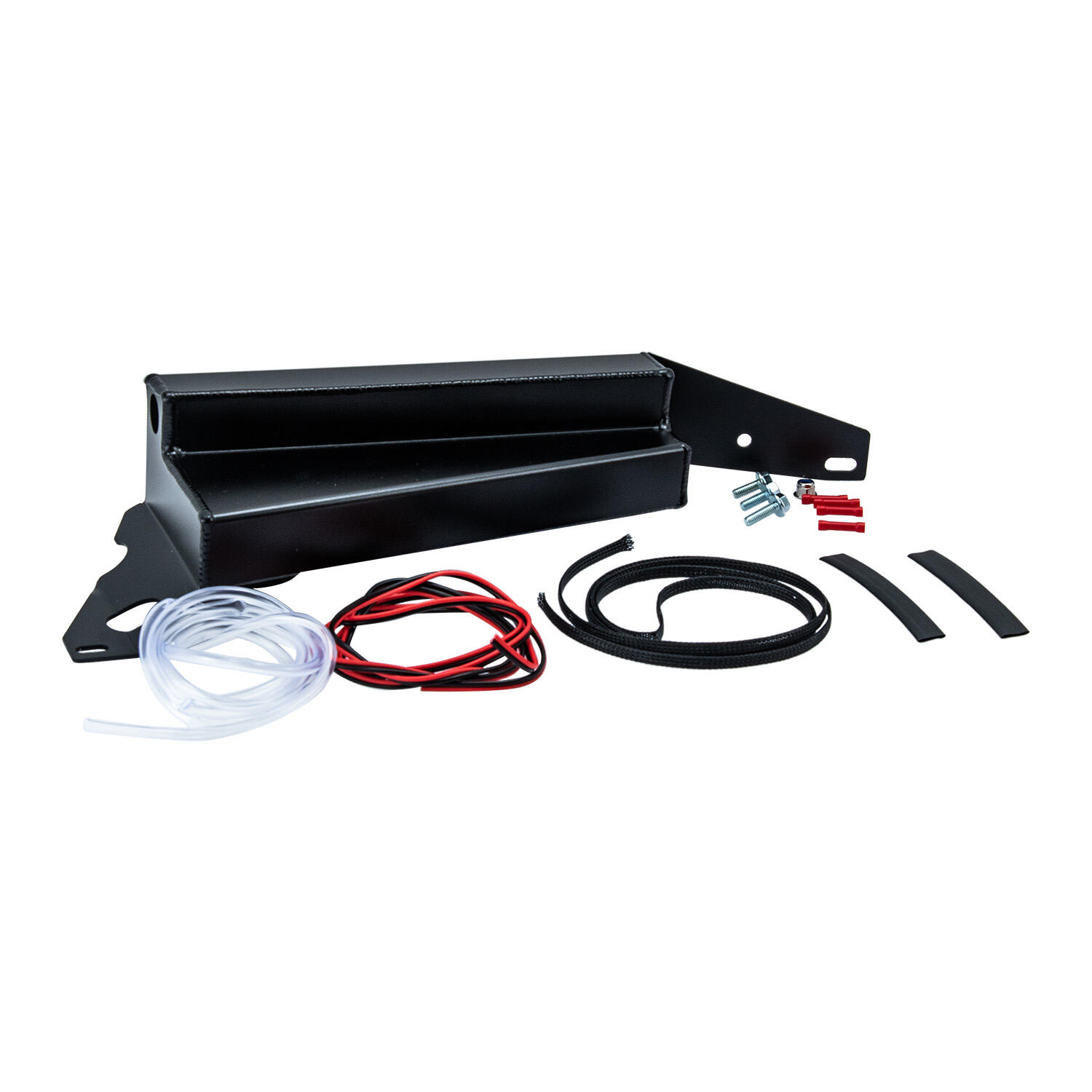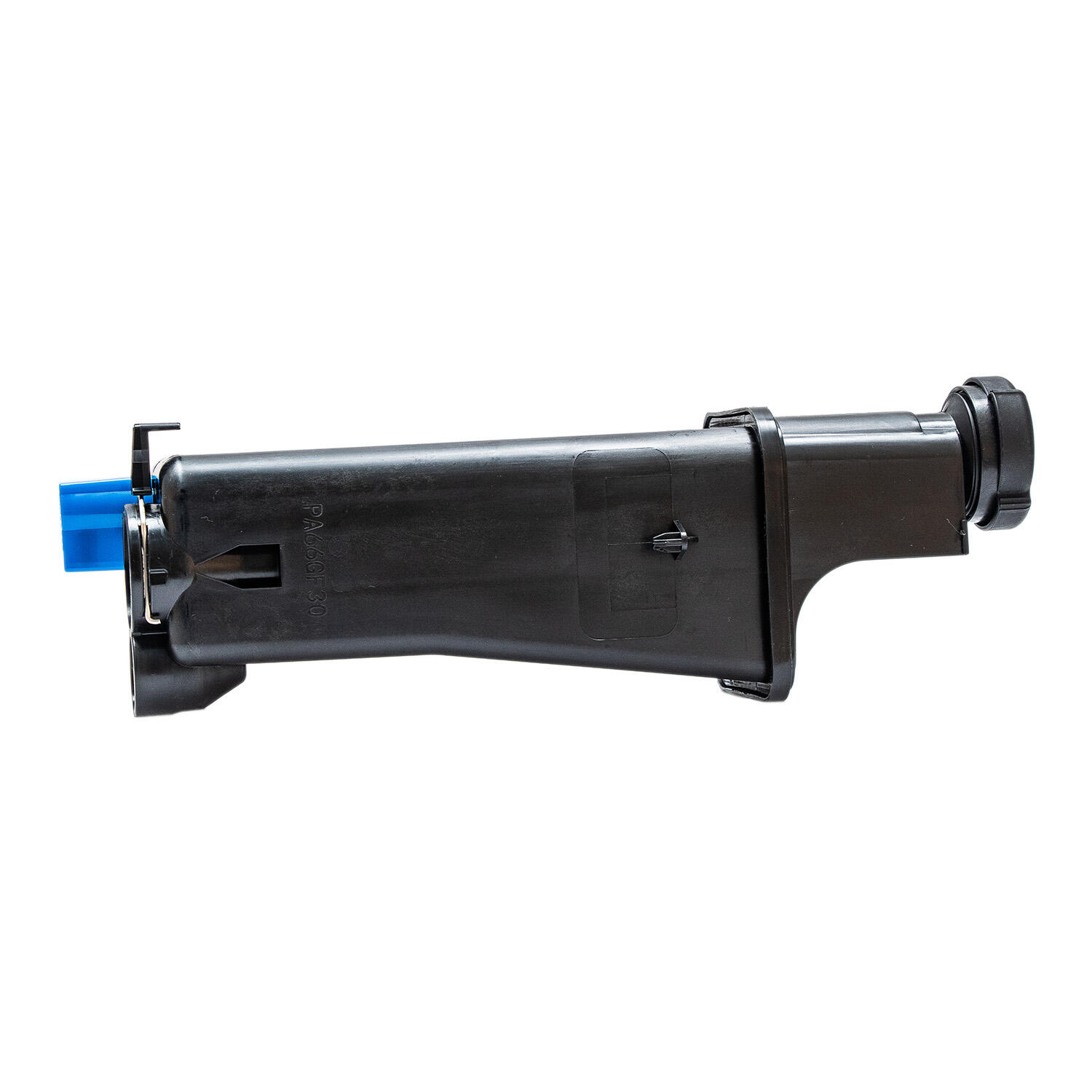radiator overflow tank
The radiator overflow tank is a crucial component of a vehicle's cooling system, designed to manage excess coolant expansion and contraction during engine operation. This specialized reservoir serves as a temporary storage space for coolant that expands due to heat, preventing pressure buildup within the cooling system. When the engine reaches operating temperature, the coolant naturally expands, and the overflow tank safely captures and stores this excess fluid. As the engine cools down, the coolant contracts and is drawn back into the radiator through a vacuum effect, maintaining optimal coolant levels. Modern overflow tanks are typically constructed from durable, heat-resistant materials and feature precise markings to indicate proper fluid levels. They are equipped with pressure-relief caps that maintain system pressure while allowing for safe expansion. The tank also helps prevent air pockets from forming in the cooling system, which could lead to overheating and engine damage. Additionally, the overflow tank serves as a visual indicator of coolant condition and level, making it easier for vehicle owners to monitor and maintain proper coolant levels. This component has become standard in modern vehicles, playing an essential role in maintaining engine temperature and preventing costly repairs.


